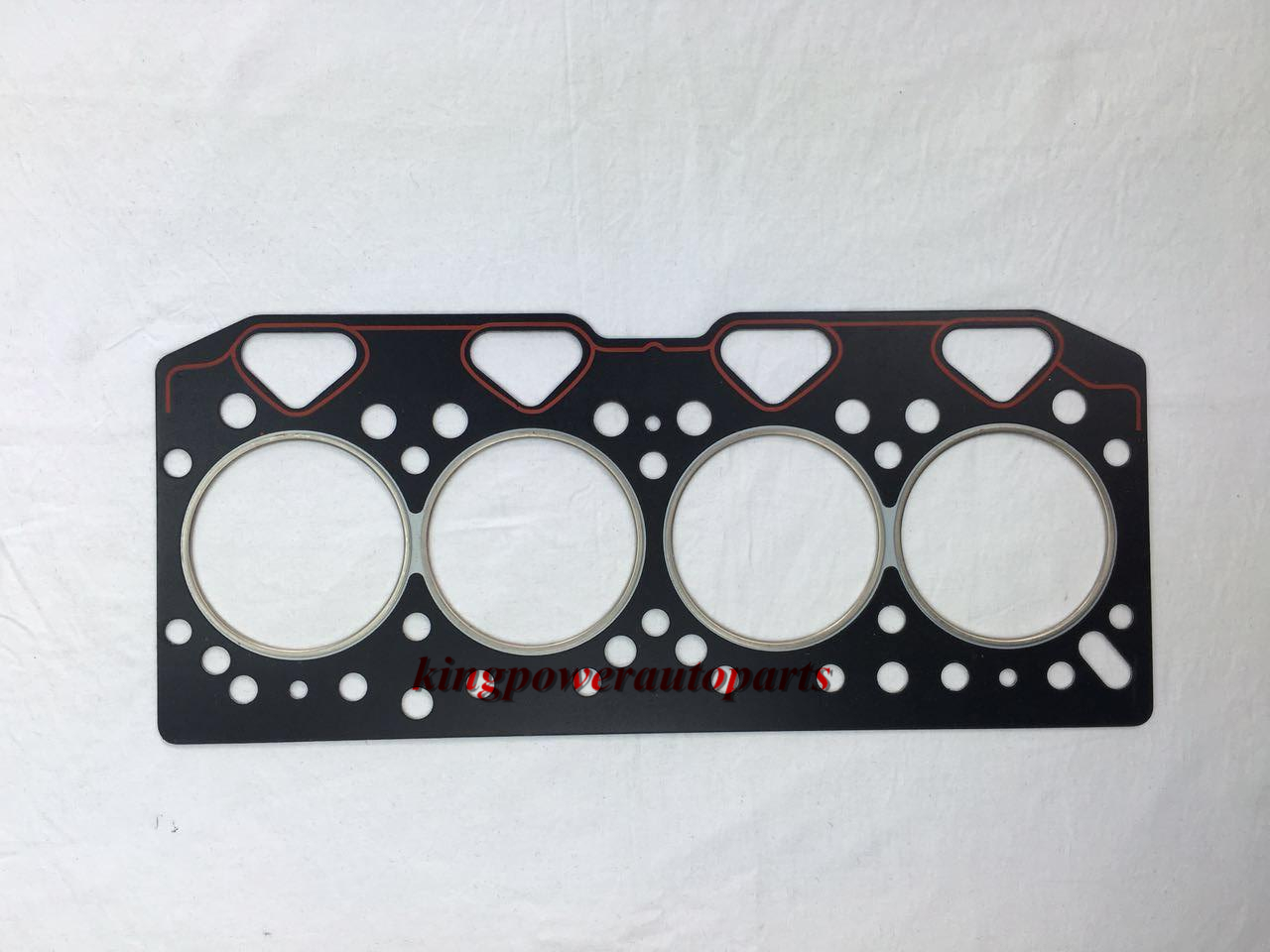
The LB7 Duramax has been known to blow coolant out of the reservoir while towing if there’s a minor head gasket leak according to Diesel World magazine. If oil leaks into the coolant, the coolant reservoir under the hood could turn black.

Even if you don’t spot any leaks, you have a leak somewhere if your radiator runs low frequently. New signs of droplets or puddles of coolant are clear indications of a problem. The coolant may leak from under the radiator cap or leak out around the gasket. At this stage, it may be a minor leak and could be safe to drive to a safe or convenient place to park rather than the side of the road. When the gasket isn’t sealing, the engine loses compression because air and fuel are escaping. Both signs are due to the same root cause. You may experience trouble starting your truck, or it may suffer a noticeable loss of power. Head Gasket Failure Sign: Loss of Power/Starting A coolant leak can also produce a strange odor wafting out of the air vents in the cabin. If the exhaust is gray or blue, oil is leaking into the cylinders. White, sweet-smelling smoke pouring out of the exhaust is a sign that coolant is leaking into the cylinders. When the head gasket leaks, coolant and oil flow into places where they’re not supposed to be. Head Gasket Failure Sign: Gray, Blue, or Sweet-Smelling Smoke If it gets hot enough, the engine could seize. That means there’s not enough coolant to cool the engine, and the temperature gauge spike in a few minutes. When the gasket fails, gases leak into the coolant, or the coolant can leak into the cylinders. Head Gasket Failure Sign: Overheating EngineĪn overheating engine is one of the most common signs of a blown head gasket. We’ll look at the top five signs of head gasket failure and one of the best ways to address the problem.

Often, the fasteners, the engine deck, or the installation process leads to failure. Keep in mind it’s not always the actual gasket that fails. Read About: TrackTech Products 101: Fasteners, Gaskets, and More The damage from a head gasket leak ranges from pulling the head and reinstalling a new one to a top-end rebuild or even a complete replacement. It’s not a good idea to keep driving if at all possible. When a gasket starts to show signs of failure, you should pay attention. Given that a turbo-diesel can generate up to 75 PSI or more, head gaskets have a tough job. They are made of multiple layers of steel and other materials or copper in high-performance applications. Gaskets are highly engineered precision-manufactured components that are critical to your engine’s operation. If the head gasket fails, the oil and coolant can be contaminated with each other, and the combustion gases can escape.

It keeps the liquids where they belong, outside of the cylinders. It contains the explosive gases from the combustion chamber while allowing coolant and oil to circulate through the engine. The head gasket is the seal between the cylinder head and the engine block. A cloud of smoke or a surge in the temperature gauge is never a good sign. A leaky head gasket can be a, “Oh no! What now?” moment for a diesel truck owner.


 0 kommentar(er)
0 kommentar(er)
